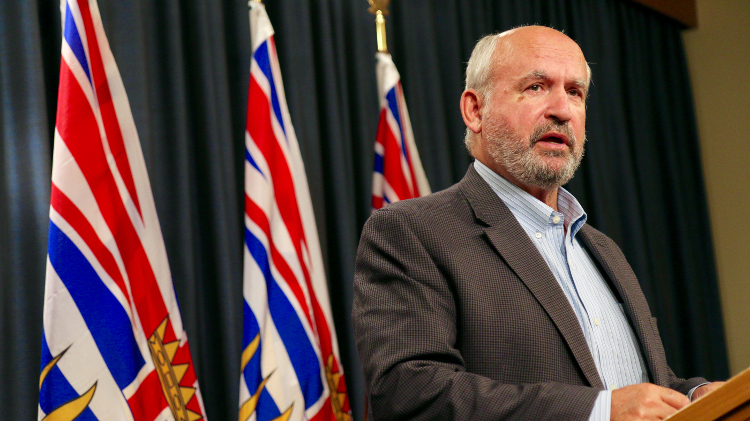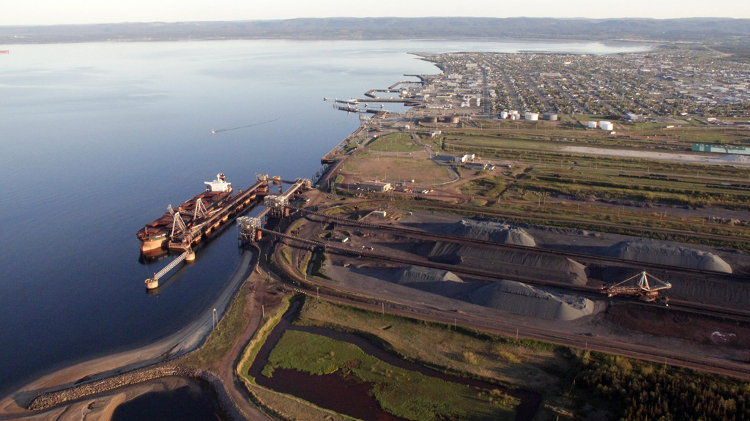Barrick’s Pueblo Viejo mine partnered with non-governmental organization ENDA Dominicana to help re-vegetate the Colinas Bajas-Los Haitises mountain range in the Dominican Republic. The company paid $213 million in taxes to the country’s government in 2015. Courtesy of Barrick Gold
Sustainability in the mining sector can mean much more than “going green” during development, according to the final version of a multi-agency report from the United Nations, released on July 15. It can also mean helping women in Burkina Faso start a commercial-scale soap business, supporting efforts to combat an Ebola outbreak in Liberia or simply disclosing payments made to governments around the world.
The UN document, called “Mapping Mining to the Sustainable Development Goals: An Atlas,” is based on a series of milestones established by the United Nations as global development targets for 2030. A previous version was released in January and then underwent months of public consultation.
The report suggested ways to integrate the 17 overarching sustainable development goals (SDGs) – among them, ensuring access to clean water, eliminating world hunger and creating a more peaceful society – into miners’ work, and included case studies highlighting existing efforts. Among them were Goldcorp’s aid in establishing a professorship for Women in Engineering at the University of British Columbia to encourage more women to enroll in the engineering programs; ArcelorMittal’s leadership during the Ebola outbreak in Liberia; and Vale’s water recycling circuit at a Brazilian metallurgical plant.
“Meeting the SDGs by 2030 will require unprecedented cooperation and collaboration among governments, non-governmental organizations, development partners, the private sector and communities,” the report stated.
Because many miners work in areas that are ecologically-sensitive and may be claimed by indigenous people, the industry has the potential to change their surroundings for the better through investment and innovation, or for the worse, through negative impacts on the environment and local populations, the report noted.
“[This work] has really generated a lot of interest in terms of how an industry or sector can really help identify itself in the sustainable development goals and the potential for collaboration going forward,” said Gillian Davidson, head of mining and metals for the World Economic Forum, and one of the report’s authors.
“It really has been a pioneering piece of work,” Davidson said.
Companies should examine their current efforts and identify how the SDGs described in the report overlap, Davidson suggested.
Peter Sinclair, chief sustainability officer at Barrick Gold, said that mining companies are already contributing to the SDGs. “I think we have, as mining companies, the opportunity to make a massive contribution,” he said. “Almost everything covered in the SDGs, we touch in one way or another.”
Four of Barrick’s initiatives were featured in the atlas, including a model farm in Peru built to teach community members near their Pierina mine animal husbandry and modern farming techniques, and a new child vulnerability matrix to identify possible risks to children around their Lagunas Norte project.
Davidson and her colleagues conducted dozens of interviews before compiling the report – Barrick was one of the contributors – and she noted one of the industry’s key concerns was adding to reporting burdens companies already face through their own sustainability programs and other initiatives, like the Mining Association of Canada’s Towards Sustainable Mining initiative and the international Extractive Industries Transparency Initiative (EITI).
BHP Billiton, an early supporter of EITI, has disclosed information about the company’s tax and royalty payments to governments since 2000, and has expanded that disclosure to every jurisdiction in which it operates – even for those that, like Canada, are not considered EITI-compliant countries. BHP disclosed $7.3 billion paid out throughout the year in the company’s first annual global economic contributions and payments report, released in September 2015.
The report cited BHP’s decision to disclose all payments to all governments as one way mining companies can have a positive influence.
“The tax payments in 2015 represent substantial resources at governments’ disposal that can then be used for spending on social priorities, including better health and education services, and infrastructure – crucial in poverty reduction,” the report stated.
Tax payments alone can make a huge impact on a country, Sinclair said. Barrick paid $213 million in taxes to the government of the Dominican Republic; Canadian foreign aid to the country totalled $2 million in 2015, according to Canadian International Development Platform.
Providing these numbers for verification is key to ensuring transparency, Davidson said.
Many companies have already included elements from the atlas into their own reporting. “Teck [Resources] has taken the wheel that we developed [a visual diagram of the SDGs] and inserted their current efforts into it,” Davidson said. Some of Teck’s initiatives were also highlighted in the atlas, including its battery-recycling program with UNICEF and its work to restore bighorn sheep habitats and populations in Nebraska.
But it is not just major miners who were held up for good sustainability citizenship. A case study from mid-tier miner New Gold was also included in the report.
New Gold’s New Afton mine near Kamloops, British Columbia became the first mine in North America to receive ISO 50001 energy management certification in 2014. Since implementing energy-saving initiatives and auditing the site’s energy use for the ISO certification, the mine has saved over $1 million in energy costs, according to data the company provided to CIM Magazine.
Fulfilling the SDGs will be the responsibility of countries, but Davidson said she and her colleagues hope companies and governments of countries with resource-dominated economies can collaborate and make a significant impact.
“When we started it, we thought it would be a three-month exercise, that it would be a 20-page document. As we really got into it, we realized that there was just so much going on and so much potential,” Davidson said. The complete report can be found on the United Nations Development Programme website.
“We can’t underestimate the role that the [mining] sector could have."




